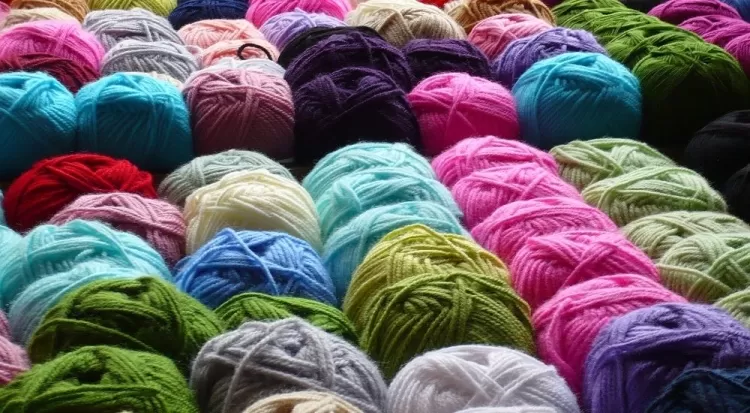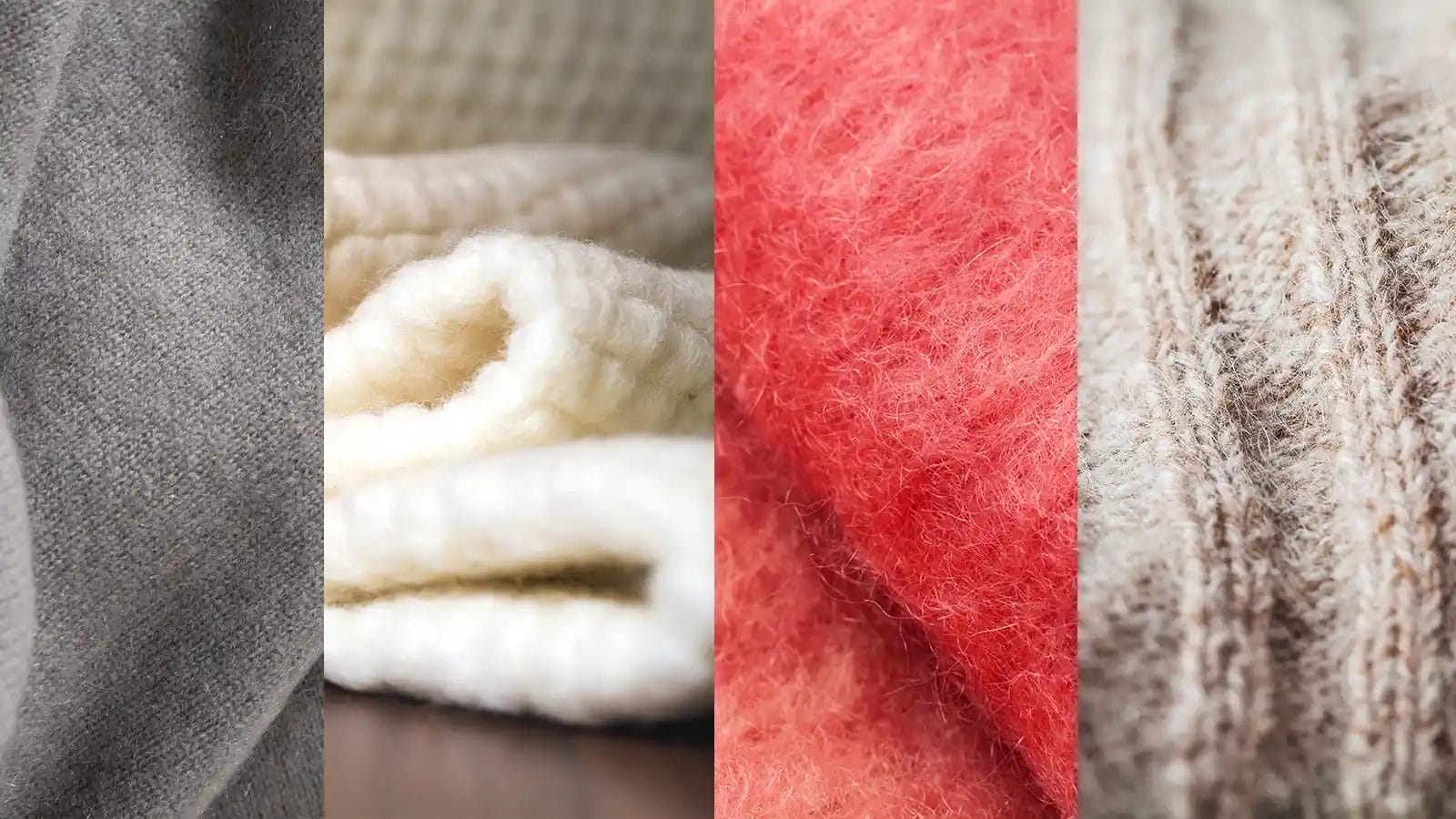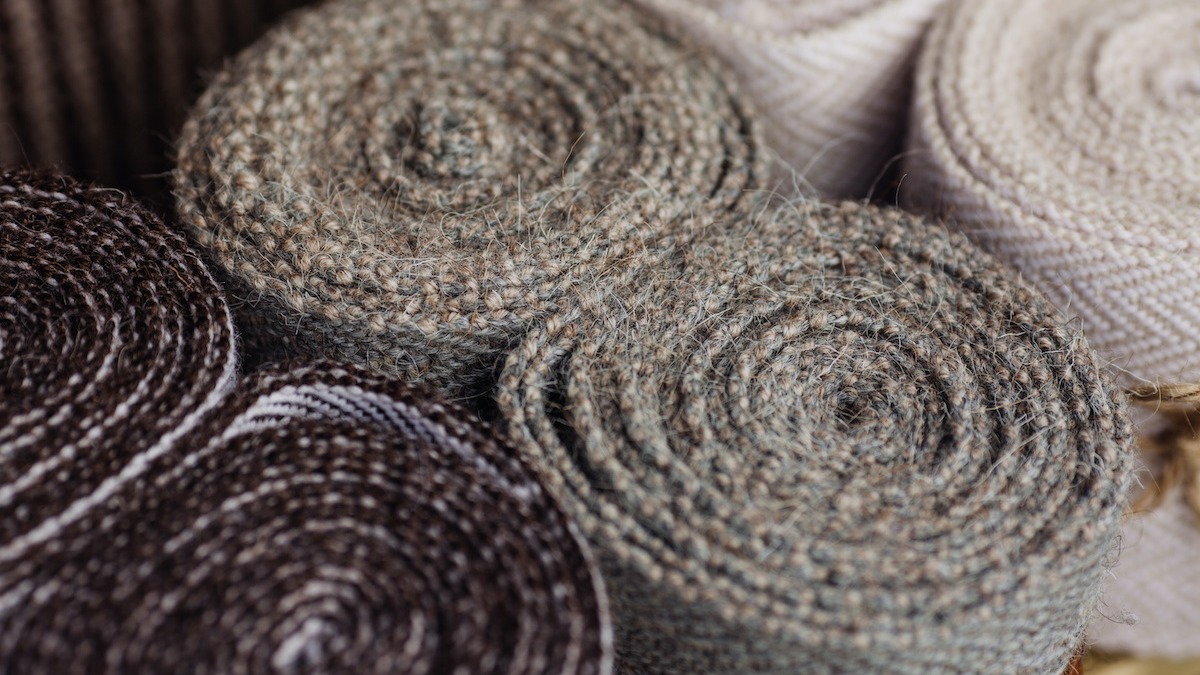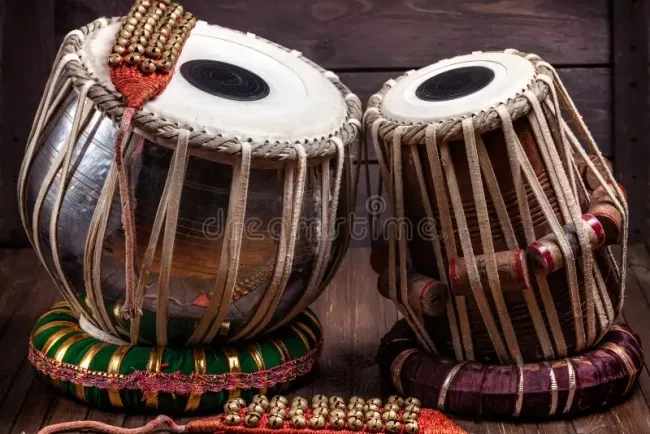Wool: A Timeless Fiber of Nature...!!!
Wool is a natural fiber derived from the fleece of animals such as sheep, goats, alpacas, and rabbits. For millennia, humans have used wool to create clothing, textiles, and various other products. Wool is highly valued for its unique qualities, including its warmth, breathability, elasticity, and durability.

Types of Wool
Several types of wool exist, each with distinct characteristics based on the animal from which it is sourced:
Sheep Wool:
-
Merino Wool: Sourced from Merino sheep, this wool is renowned for its exceptional softness, fine texture, and warmth. It is highly sought after for creating high-quality garments such as sweaters, socks, and base layers.
-
Shetland Wool: Originating from the Shetland Islands, this wool is coarser and more durable, making it ideal for outerwear and tweeds.
-
Lambswool: This wool comes from a sheep's first shearing, typically from lambs up to seven months old. It is soft, elastic, and highly prized for knitwear and baby clothing.
Goat Wool:
-
Cashmere: Obtained from Cashmere goats, this wool is known for its luxurious softness, warmth, and lightweight properties. Cashmere is often used in premium clothing items such as scarves, sweaters, and shawls.
-
Mohair: Sourced from Angora goats, mohair is smooth, strong, and lustrous. It is frequently used in high-end fashion, upholstery, and carpets.

Alpaca Wool:
-
Alpaca Fleece: Alpacas produce soft, silky, and lightweight wool that is hypoallergenic and highly durable. It is available in a range of natural colors and is used for various garments and accessories.
Rabbit Wool:
-
Angora Wool: Derived from Angora rabbits, this wool is exceptionally soft and lightweight. It has a fluffy texture and is often blended with other fibers to create luxurious yarns for sweaters and accessories.
Properties of Wool
Wool possesses several unique properties that make it a versatile and valuable fiber:
-
Warmth: Wool is an excellent insulator, trapping air within its fibers to provide warmth. It is perfect for cold-weather clothing and blankets.
-
Breathability: Wool fibers can absorb and release moisture, allowing the fabric to breathe. This helps regulate body temperature and keeps the wearer comfortable.
-
Elasticity: Wool has natural elasticity, allowing it to stretch and return to its original shape. This makes wool garments comfortable to wear and resistant to wrinkling.
-
Durability: Wool is a strong and resilient fiber that can withstand wear and tear. It is less likely to pill or tear compared to synthetic fibers.
-
Water-Repellent: The outer layer of wool fibers is water-resistant, providing some protection against rain and snow. However, wool can absorb moisture without feeling wet.
-
Fire-Resistant: Wool is naturally flame-retardant, making it a safer choice for home textiles and clothing.
-
Biodegradable: Wool is a renewable and biodegradable fiber, making it an environmentally friendly option.
Uses of Wool
Wool is used in a wide range of products, thanks to its versatility and beneficial properties:
-
Clothing: Wool is used to make a variety of garments, including sweaters, coats, socks, scarves, and hats. It is particularly valued for winter wear due to its warmth and insulating properties.
-
Textiles: Wool is used in the production of blankets, throws, and upholstery fabrics. Its durability and natural fire resistance make it ideal for home textiles.
-
Carpets and Rugs: Wool is a popular choice for high-quality carpets and rugs due to its strength, resilience, and stain resistance.
-
Industrial Uses: Wool is used in industrial applications such as insulation, soundproofing, and filtration. Wool fibers can be processed into felt for various uses, including crafts and fashion accessories.
-
Healthcare: Wool's natural breathability and hypoallergenic properties make it suitable for medical and healthcare products, such as mattress toppers and bedding.

Care and Maintenance of Wool
To ensure the longevity of wool products, proper care and maintenance are essential:
-
Washing: Wool garments should be washed using mild detergents specifically designed for wool. Hand washing or using a gentle machine cycle is recommended.
-
Drying: Wool should be dried flat to prevent stretching and distortion. Avoid wringing out wool items, as this can damage the fibers.
-
Storage: Wool clothing should be stored in a cool, dry place. Mothproof storage bags or cedar blocks can help protect wool from moth damage.
Wool is an extraordinary natural fiber cherished for centuries for its warmth, comfort, and versatility. With a wide range of types and uses, wool continues to be a valuable and sustainable choice for clothing, textiles, and other products. Understanding the properties and benefits of wool allows us to appreciate its enduring appeal and practical applications in our daily lives
What's Your Reaction?

















